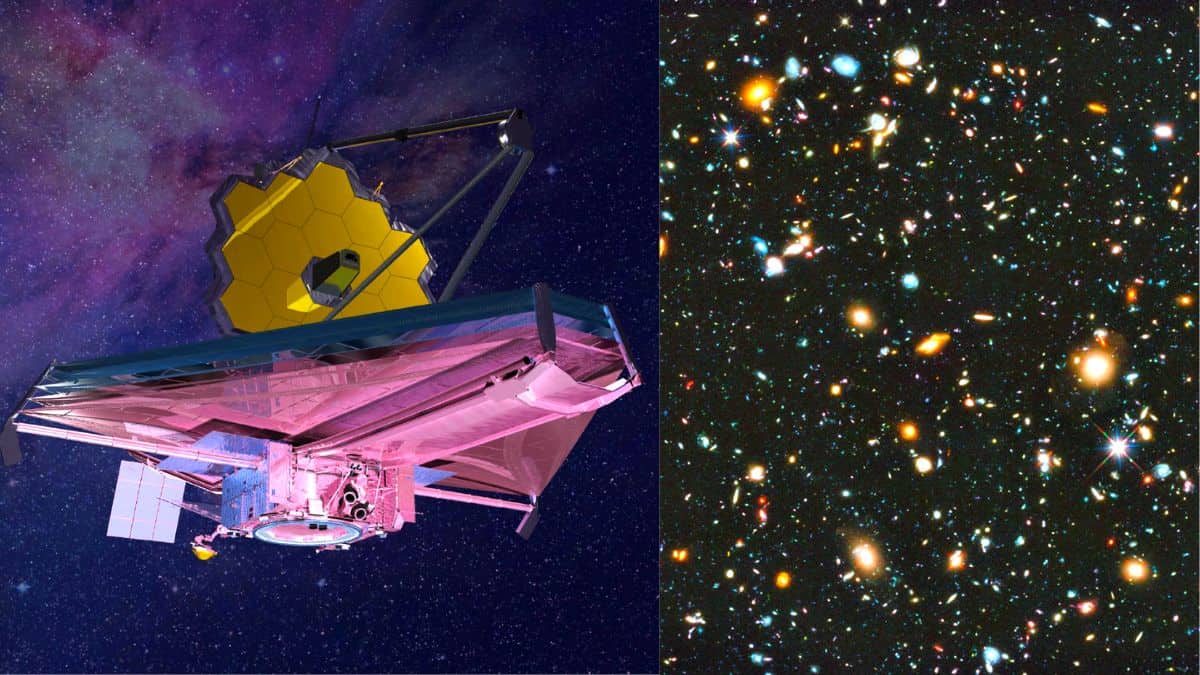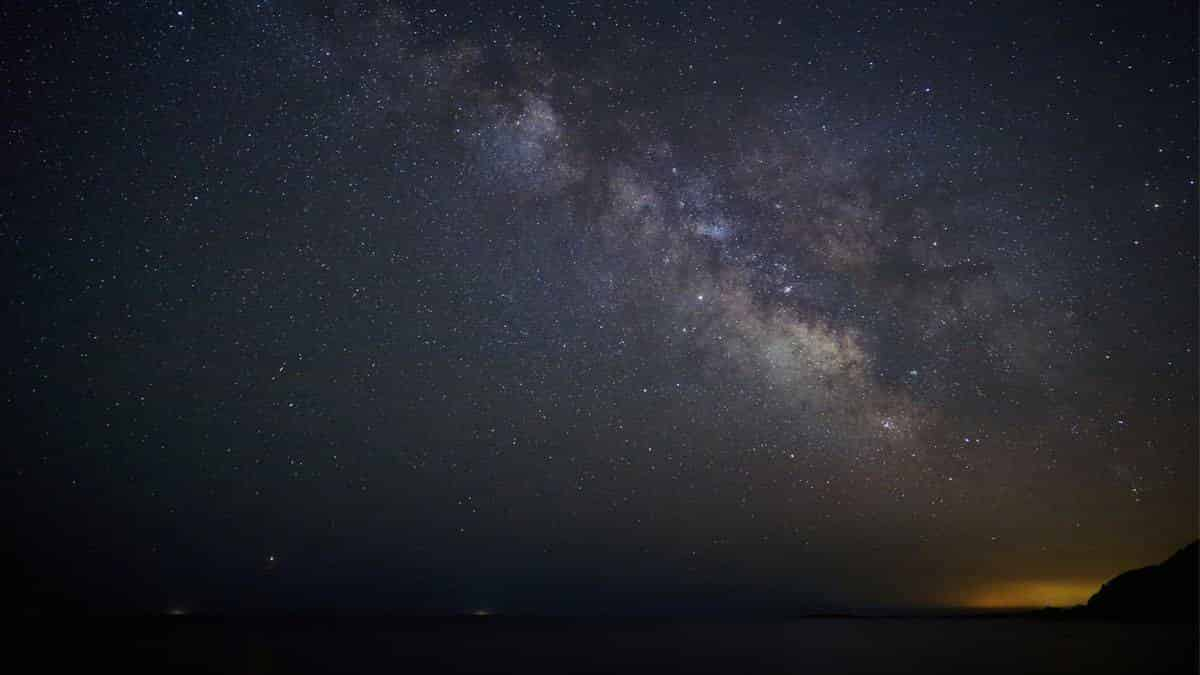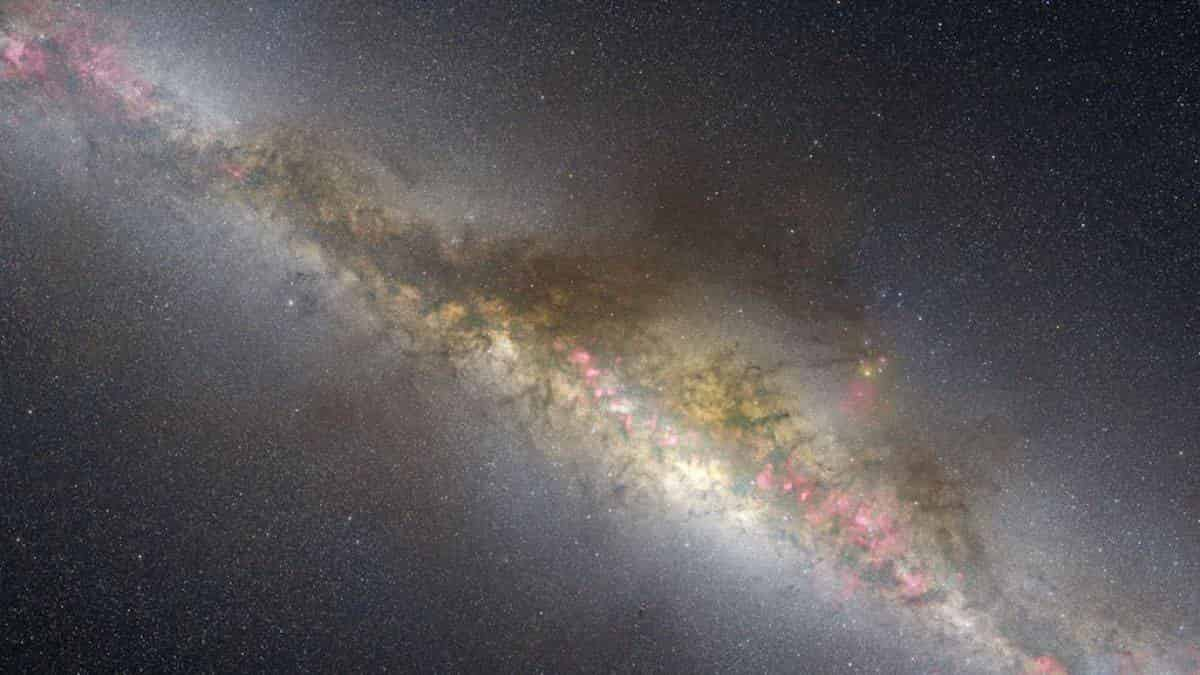James Webb Telescope is all set to reveal the deepest image of the universe following the Big Bang

James Webb Telescope, estimated cost of $10 billion dollars, is all set to reveal the deepest image of our universe on July 12. The space agency NASA has announced Webb’s first image release which is situated 1.2 million kilometres away from Earth.
NASA administrator Bill Nelson said, “This is further than humanity has ever looked before, and we’re only beginning to understand what Webb can and will do.” The telescope was being built 20 years in order to find the mystery regarding the Big bang Theory. Nelson added, “We’re in the middle of getting history-making data.”

The images that have been documented by Webb’s telescope present only 120 hours of its first observations. Webb deputy senior project scientist, Jonathan Gardner said that their mission is to “find first galaxies that formed in-universe” right after the Big Bang. NASA stated that they will be exploring the spectrum of exoplanets as well. The exoplanets emit light at a certain wavelength that can provide information regarding planetary formation in the history of the universe.

Webb telescope will observe the lights since in space distance is measured by how much path light has travelled. According to NASA earth’s nearest star, Alpha Centauri is situated four light-years away. So it takes four years for the light from the star to arrive on earth. The Virgo Cluster of galaxies which is a nearby collection of galaxies is situated almost 60 million light-years away from Milky Ways. So the first light from the cluster galaxies arrived at earth at the end of the age of dinosaurs. However, scientists didn’t say what exactly to expect in the images but it will certainly unravel many factors regarding the Big bang theory.
Gardner added enlighting on the efficiency of the telescope, “It’s larger than Hubble so it can see fainter light. those first small, faint galaxies merged together again and again over time to become the larger ones we know now including our own Milky Way.”
Webb project scientist from Space Telescope Science Institute has talked about the possible observations the Webb telescope will be making saying, “We’ll also see an example of how galaxies interact and grow.”


